The Role of Physical Education in Youth Sports
Have we lost Physical Education forever?
March 15, 2024
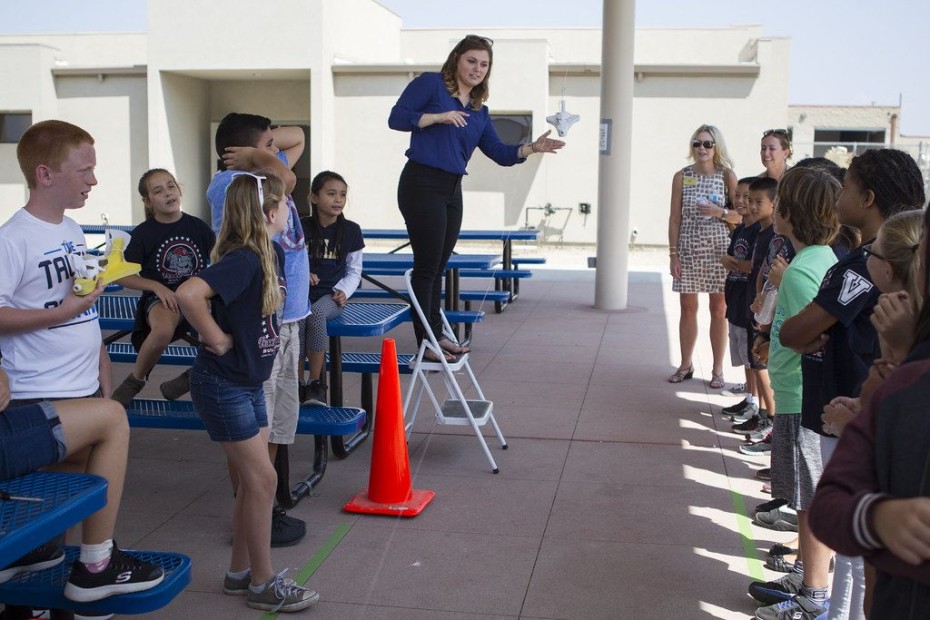
The Role of Physical Education in Youth Sports
Training a child to be the best at their chosen sport means they should live, breathe, and practice that sport non-stop, right? Surprisingly, this is wrong. In fact, we need to provide our athletic youths with sport and exercise diversity to make them the best they can be. Integrating a PhysEd plan into our kid’s athletic schedule is proven to lead to stronger athletes, less injuries, a better mindset and advantages that continue well into adulthood.
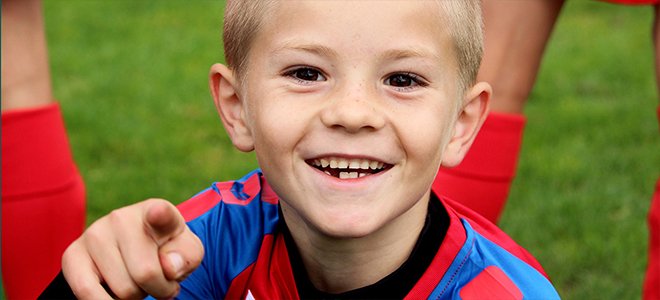
The Benefits of Physical Education
Was PhysEd your favorite class, too? Kids love exercising in all its forms, which is a good thing since physical education is truly an essential component to childhood; proven to provide lifelong advantages.
Physically it means our youth’s bodies develop stronger bones and muscles and leaner bodies. With the right integration of exercise, they can also be more flexible and agile.
Health wise, active children are less likely to develop medical issues such as type 2 diabetes and heart conditions. Everyone (I think) is aware of the obesity crisis facing our youth; kids that are physically active are less likely to be overweight too.
Mentally, kids that have the right amount of sport and exercise in their lives are shown to have improved cognition (better memory and academics) and lower chances of depression. They sleep much better, giving them extra brain power in the morning.
Physical education helps improve every aspect of our children’s being. That’s a lot of wonderful!
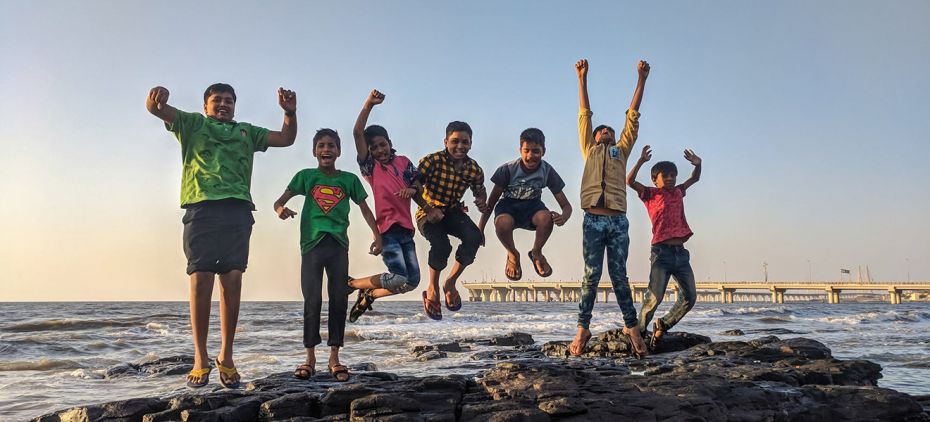
How Much Exercise do Children Need?
We don’t want to over-exert our youngsters, so before implementing PhysEd we need to know how much exercise is appropriate. Having read through many sources the consensus is that children 5 to 17 years old should have 60 minutes per day of moderate to vigorous exercise. Workouts should be split between cardio, muscle strengthening, and bone strengthening exercises. (I’ve included some examples below.)
The Government of Canada’s data reveals that less than 40% of children and youth are meeting the 60-minute quota.
For those of us with children under 5, know that they still need activity, but it is done so through shorter spurts of play throughout the day. Keep it moderate. It’s fine for your little one to run as fast as they can across the park, but they shouldn’t be doing laps at the track just yet.
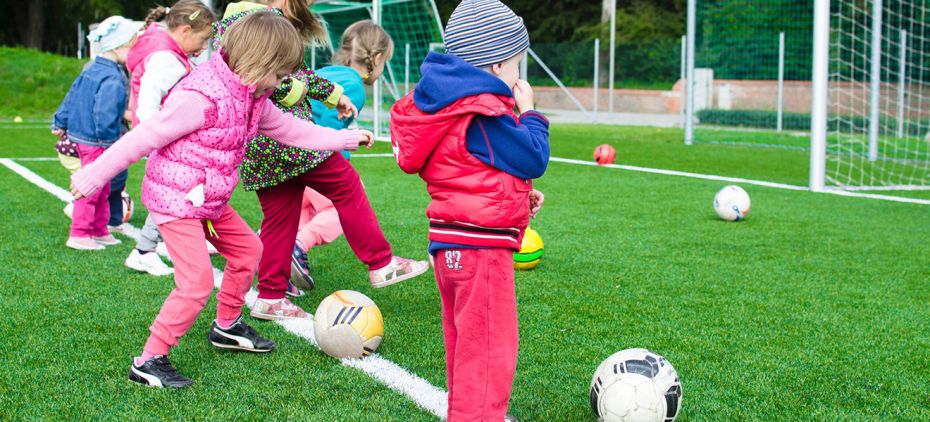
PhysEd Provides Protection for our Young Athletes
For those who started this search wanting to improve their child’s skill in a certain sport, physical education will not only help your child get better, but it can also help protect them from injury.
A dynamic PhysEd program for a young athlete means they are strengthening their entire body, not just the parts needed for their preferred sport, which can make them more agile, balanced, and strong. It helps develop stronger motor-skills. It has even been linked to youth staying in sports longer.
Before I go on, I want to point out that most of our kids do specialize in one sport. Putting them in multiple sports is simply not that realistic. Schedules and finances are just two reasons why multiple sports programs may not be possible. So, in reading the paragraphs below, remember that this is why we are advocating to introduce PhysEd into our kid’s daily life. It’s healthy, inexpensive, can be implemented on the fly, and facilitates families spending time together.
That said, participating in multiple sports and exercise programs is proving to reduce risk of injury too. Pediatricians are uniting on this front, they want our kids to have more than one type of exercise because they are seeing an increase in injuries specifically caused from youth specializing in one sport. Elbows, knees and ACLs are the most common injuries, and can have lifelong repercussions.
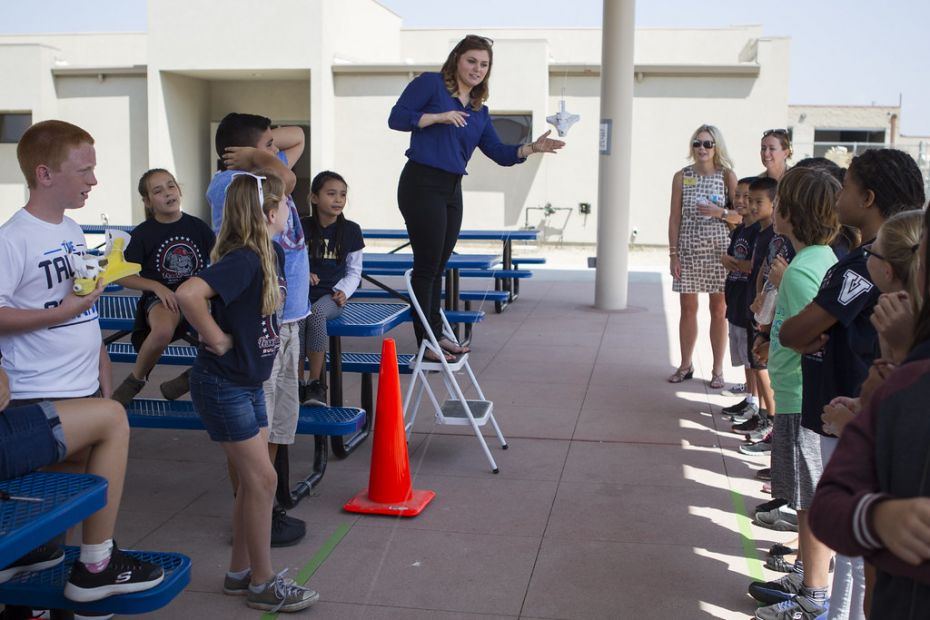
The American Academy of Pediatrics (AAP) released a clinical report spotlighting the trouble of single-sport specializing and its connection to “overuse injuries” as well as depression and burn outs.
Overuse injuries stem from repetition. Continuously repeating the same drills and using the same muscles mean a higher chance of being injured. The AAP report has some great suggestions and encouraging participation in multiple sports or physical programs is one of their most emphasized.
This 2016 study also showed that athletes who specialize in one sport have a higher risk to suffer from depression, and even burnouts when compared to youth who did more than one sport. It suggested that the specialized athletes felt more pressure and as if they were working a job.
We need to have all the facts even if we don’t like them; Let’s keep these issues in mind so we are best able to prevent them.
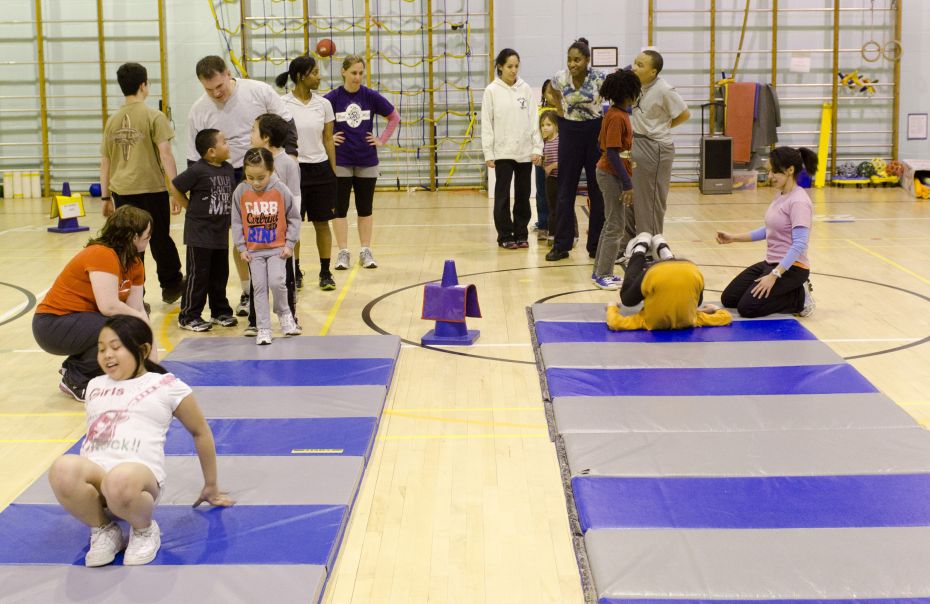
Planning Physical Education at Home
After reading that kids need an hour a day of activity and that we need to diversify their exercises, you might be feeling a bit overwhelmed, but don’t be. Remember that kids get natural exercise throughout the day. Playing tag at recess, gym class, playing in the park … these all count towards this activity quota. However, since the stats show that less than 40% of our youth are hitting the mark, we still need to take a pragmatic approach.
- Speak to their Coach
If your child is already involved in organized sports start a dialogue with their coach. Find out if your child needs to work on any physical attributes to better their game. Also educate yourself about the likelihood of injuries. Which are most common and how do they happen? What will help prevent them? - Calculate the Time
Planning your child’s physical education needs outside of school and practice means knowing how much activity they are having in them. You already know how many hours a week is devoted to their sport, so just add-on how much time they spend in PhysEd at school and you now know the difference you need to make up. - Choose A Variety of Activities
Now that you know how much more physical education your child needs you can decide what to do. Perhaps a family bike ride, some private training sessions, a dance class … The key with physical education is not to do the same thing all the time. Integrate the coach’s advice, but don’t be afraid to change it up too. Get your whole family involved with everyone taking their turn in choosing the next activity. - Follow Through
As parents, we set the example, so make sure that you follow-through and your kids will too.
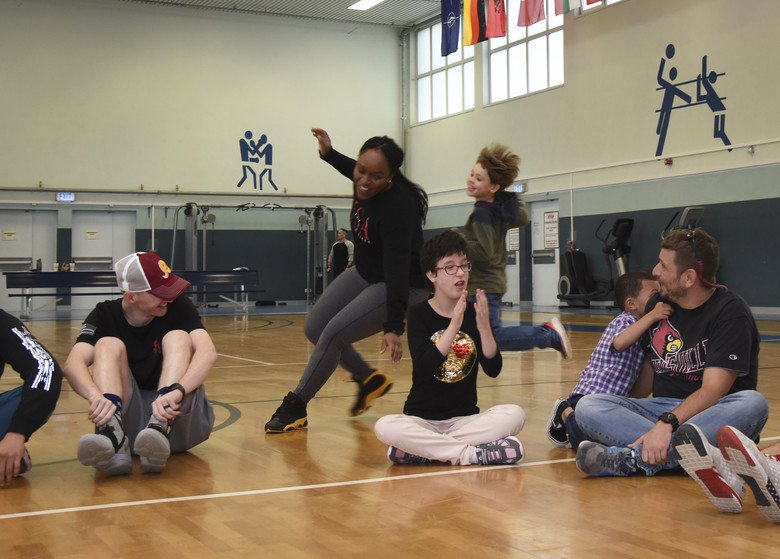
PHYSICAL EDUCATION IDEAS
Cardio
This is probably the easiest one for us to figure out. Running, swimming, dancing, and biking all fall into this category. Rainy day? YouTube has some great Zumba and aerobic workout videos for kids. Here are some other ideas:
- Learn to Hula Hoop
- Jump Rope
- Play Tag in the Park
Bone Strengthening
Good news! A lot of cardio improves bone strength too. That’s because they are weight-bearing exercises. This means that the bodies feet and legs carry the brunt of the weight.
- Go to a Rock-Climbing Gym
- Try Sculling (typically gyms have a machine that replicates this if you can’t find a place near you)
- Climb Stairs
Muscle Strengthening
Any exercise that makes your body move against resistance is muscle strengthening. Push-ups, free-weights, elastic bands … they all fall into this category. These ones are great to do in the house and are easy to find options that are safe for all ages.
- Cart wheels
- Calf Raises
- Step-Ups
- Planks
- Tug of War
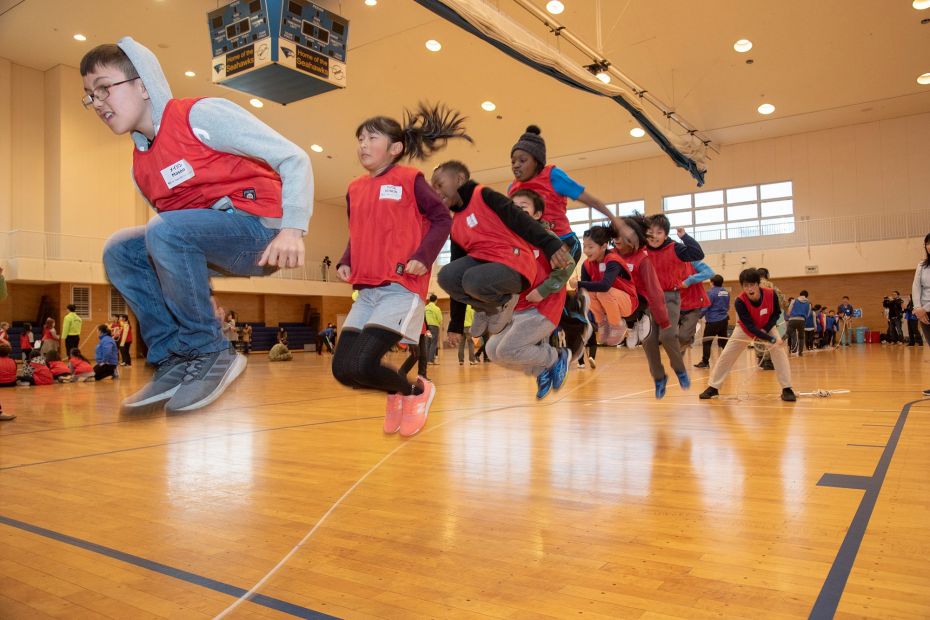
Sources: Government of Canada, Center for Disease Control and Prevention (CDC), The Mayo Clinic, American Academy of Pediatrics (AAP)

